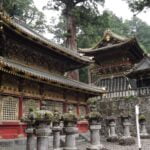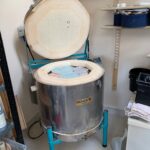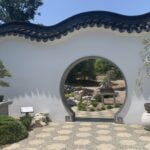Did you know clay is not just clay?
Yes, it is this fabulous plastic material that transforms from a formless heap into a beautiful form and then into a stone hard object, but there are many types even if we’re just talking about clay fit for functional pots.
Firstly, there is earthenware. A material which has often a reddish or brownish colour, due to the high iron oxide (rust) content. Iron has a melting temperature which is much lower than the main components of clay (silica and alumina or silicium oxide and aluminium oxide if you prefer), causing that this type of clay must be fired at a lower temperature compared to the other clays mentioned hereafter. Generally these clays are fired between 1000 and 1150 degrees Celsius. If you were to fire them above their recommended firing temperature, the clay could form a puddle on your shelves risking huge damage to your expensive ceramic kiln.
Earthenware is often used in traditional pottery. An example close to my origins is the Italian typical kitchenware, a red clay covered with white maiolica glaze. It is easily recognisable as you can see the reddish clay underneath the glaze at the foot or when these pieces chip during their use.
The second type of clay most functional-ware potters use, is stoneware. Stoneware can have different colours but often ranges between an off white, beige to light grey colour. It fires generally at a maximum temperature between 1200-1300 degrees Celsius. When fired and glazed correctly it is very resistant and easily survives the daily wear and tear of plates, cups etc, even the washing machine! Personally I prefer working with stoneware as I would like my pieces to be used without too many preoccupations about chipping or cracking.
A third type of clay, is generally referred to as porcelain. It tends to be very smooth, a little less plastic than earthenware and stoneware, which makes it harder to work with, especially in case you want to make larger or intricate pieces. This is due to a less than ideal distribution of clay particle sizes which determines the plasticity of the clay and, generally is more prone to cracking. But it has a big advantage: when pieces are finely made, the material tends to become translucent when correctly fired. Usually, porcelain is fired at a temperature of 1200-1300 degrees. Porcelain contains less contaminants (like iron oxide) than stoneware and therefore is often of a bright white colour.
Obviously, these are generic categories. There are as many different clays as there are different formulations. There are also clays mixed with fibres or paper pulp, speckled clays, coloured ones, lightly grogged, heavily grogged. You can choose from so many; just take the time to test them and choose your favourite.
One type of clay I still would like to mention, is wild clay. Generally potters get their clay from their clay supplier in plastic form, conveniently packaged in a plastic bag and ready to use. Some potters formulate their own clay, starting from supplied raw materials. That’s to say they mix different powdered clays and feldspars with water to form a plastic mass. These types of processes provide for controlled quality clays, as we are able to know their precise formulations and even often their chemical formulation.
Wild clay, on the other hand, is clay directly dug out of the ground. Clay can be found generally near riverbeds where fine sedimented material brought by the river water is deposited through time. Generally, wild clay is contaminated with all sorts of material and therefore it needs to be tested before it can effectively used. Both its plasticity and its firing temperature need to be tested. It is an interesting process and such a fertile ground to learn more about the material! It is however very labour-intensive and time-consuming, but the pieces are surprising and exciting and… absolutely unique!
Dec 8, 2021

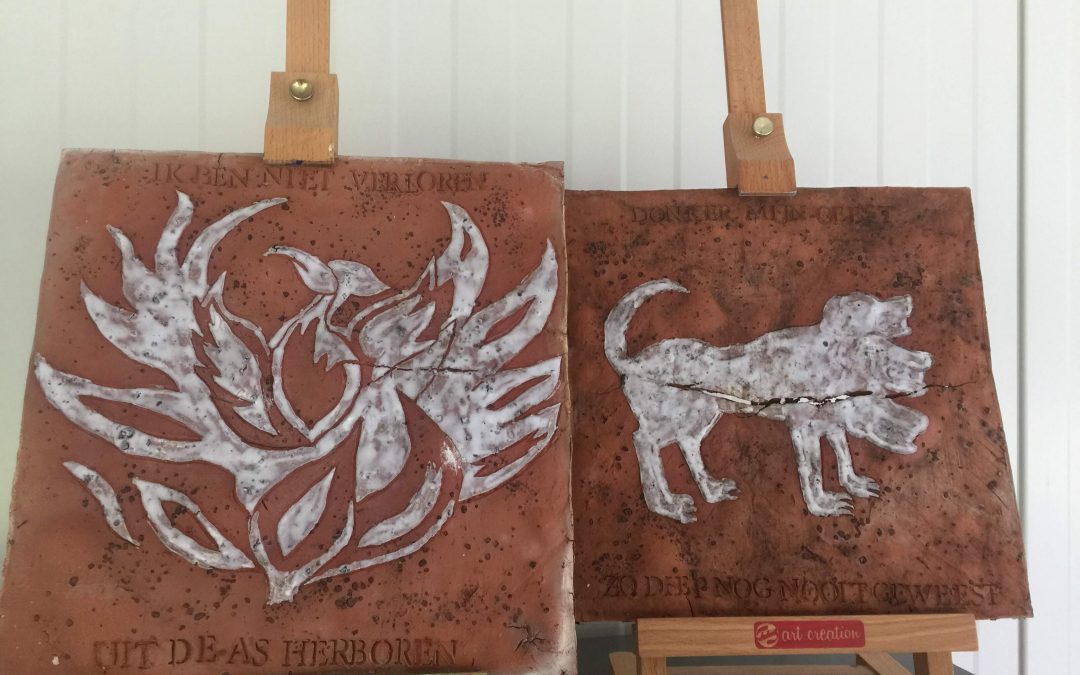
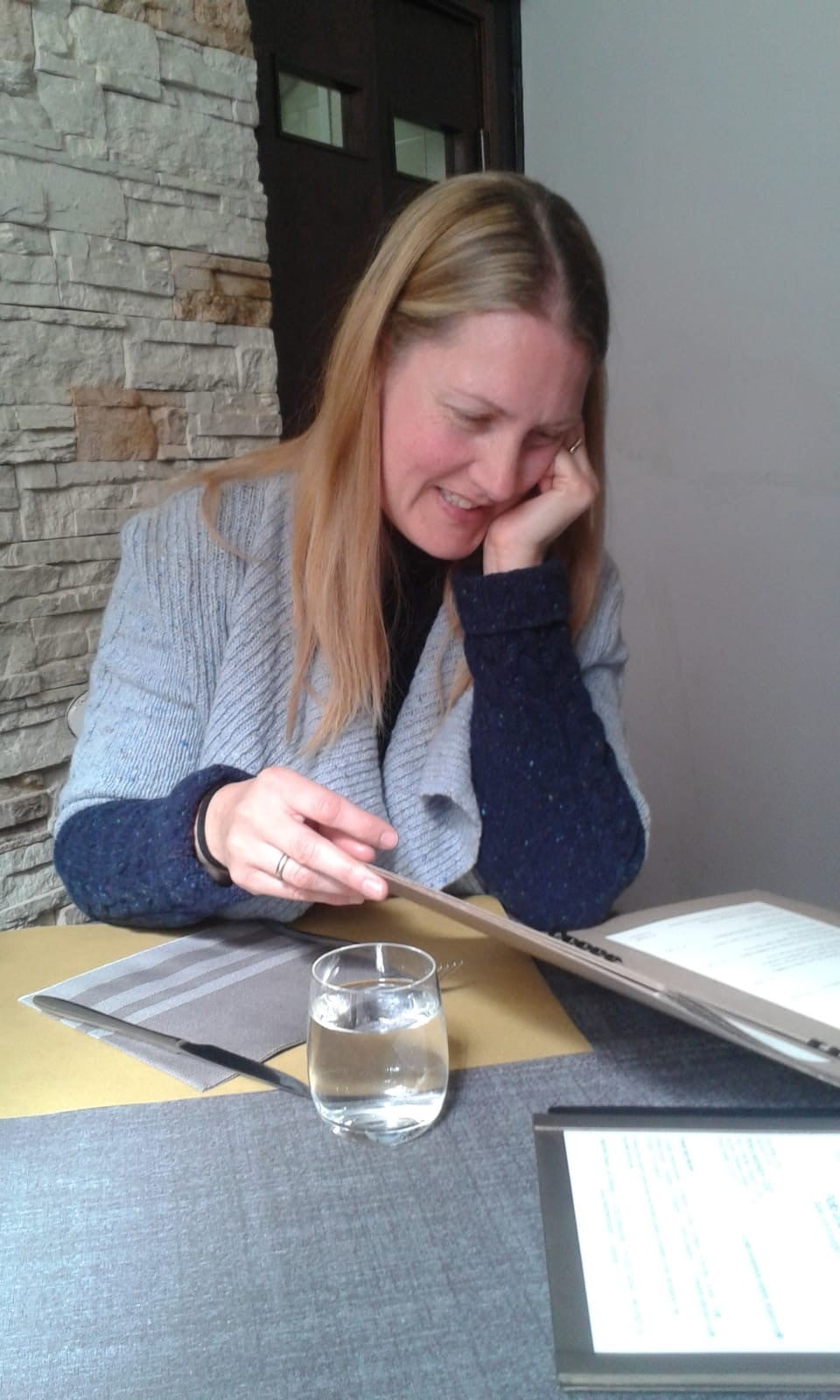 My name is Elisa; I am a woman, a mum, a daughter, a friend and a wife… and a passionate ceramicist/potter.
My name is Elisa; I am a woman, a mum, a daughter, a friend and a wife… and a passionate ceramicist/potter. 